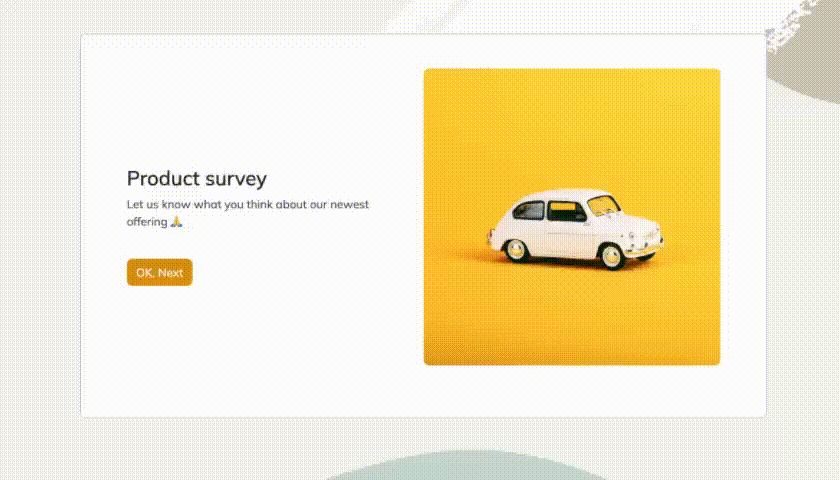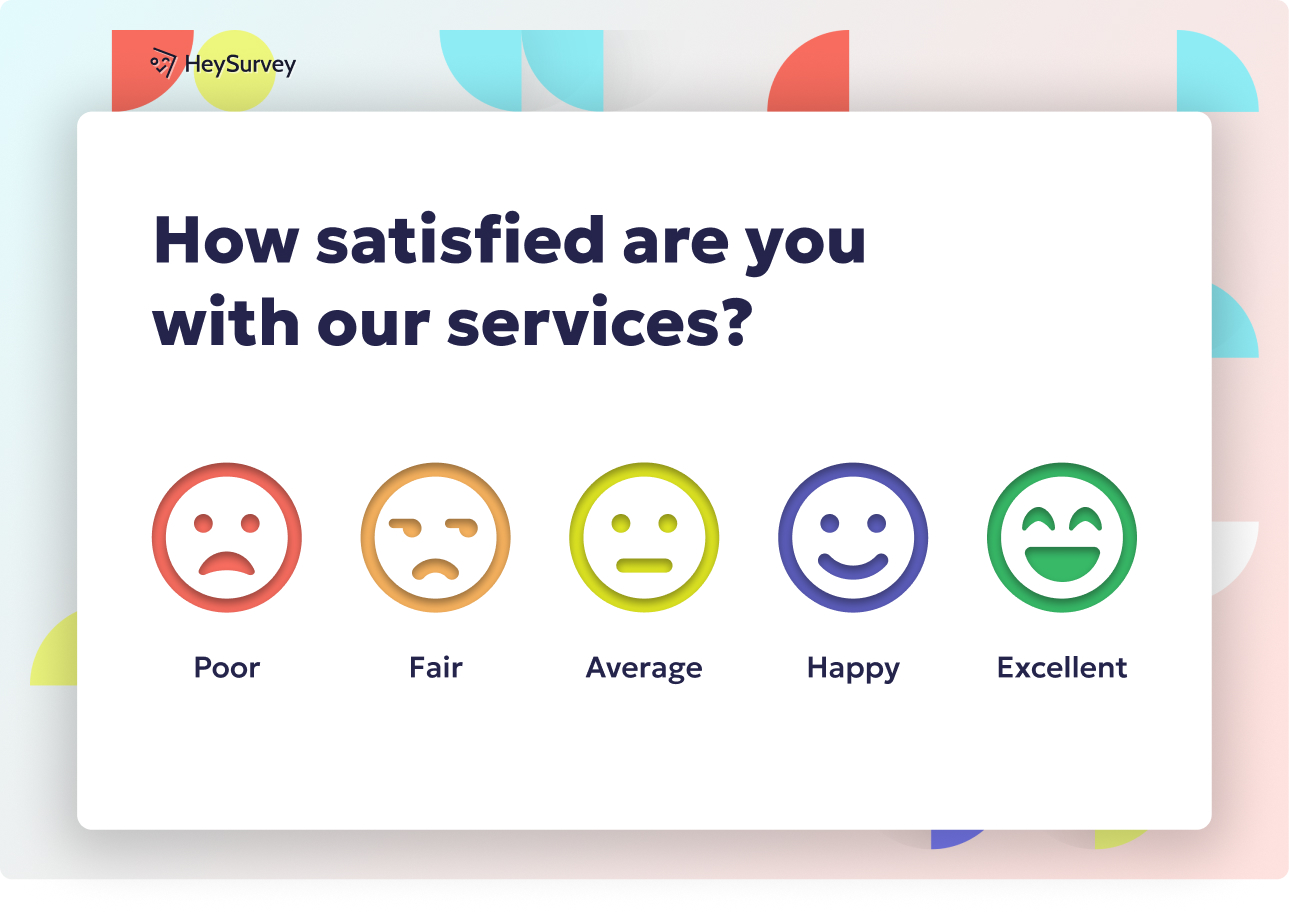29 Psychological Safety Survey Questions: Types & Best Practices
Explore 25+ psychological safety survey questions—sample items, types, and best practices to measure workplace trust and boost team climate effectively.
Psychological safety is the invisible superpower that helps teams thrive—wired into culture, it lets people share bold ideas and honest feedback without freezing up. If you want energized collaboration, breakthrough innovation, and better retention, you need to measure it intentionally—cue the well-crafted psychological safety survey questions. The right mix uncovers what's working or just wishful thinking when it comes to workplace trust, employee voice, and overall team climate. Let's crack open the toolbox of question types that turn vague feelings into actionable insights for HR, managers, and consultants alike.
Likert-Scale Agreement Questions
Why and When to Use This Type
Scale questions for psychological safety are like the Swiss Army knife of feedback—they make big feelings easy to measure. They're perfect for benchmarking your starting point and spotting shifts over time. That means anyone from people leaders to pulse survey tool aficionados can draw statistical maps of psychological safety that show where you shine or struggle.
These questions also allow you to:
- Capture trends across different teams or business units with ease.
- Produce visually appealing heat-maps or dashboards for HR presentations.
- Quantitatively compare before-and-after snapshots after a change initiative.
If you want straightforward numbers and clear directionality, Likert items are your friends. Plus, people are familiar with them—no cognitive gymnastics needed to answer.
5 Sample Likert Questions
I feel safe to express my honest opinions in this team.
Mistakes are treated as learning opportunities here.
My manager values my input, even when it conflicts with their view.
Team members openly discuss problems instead of blaming individuals.
It is easy to ask teammates for help.
By using these questions, you'll paint a more detailed portrait of psychological safety. That means you'll collect not just anecdotes, but numerical proof of the highs (and lows) shaping your team climate.
A study developed a 15-item Likert-scale questionnaire to measure psychological safety across organizational, team, and dyadic levels, demonstrating strong reliability and validity. (bmcpsychology.biomedcentral.com)

How to Create a Psychological Safety Survey in HeySurvey: 3 Easy Steps (Plus Bonus Tips!)
If you’re new to HeySurvey and want to create a powerful psychological safety survey, you’re in the right spot. We’ll guide you through a simple process so you can collect honest, actionable feedback from your team. Ready to get started? Here’s your quick 3-step how-to—plus some bonus hacks to make your survey shine.
Step 1: Create a New Survey
- Head to the HeySurvey website and log in or start without an account to explore the platform.
- Click “Create New Survey” to begin.
- Choose “Pre-built template” and select a psychological safety or employee engagement template if available — this jumps you right into the sweet spot.
- Alternatively, pick “Empty Sheet” to build from scratch if you prefer full customization.
- Give your survey a meaningful name (something like “Team Psychological Safety Check-in”) so you can find it easily later.
Boom, your survey shell is ready to fill!
Step 2: Add Questions
- In the Survey Editor, click “Add Question” at the top or between existing questions to start populating your survey.
- Choose from question types like Scale (perfect for Likert questions), Choice (great for multiple-choice or diagnostic questions), Text (for open-ended reflections), or Dropdown for demographic filters.
- Input your carefully crafted psychological safety survey questions using the samples provided or create your own.
- Mark essential questions as required to make sure respondents don’t skip them.
- Use the advanced settings to add descriptions, images, or even customize how choices display.
- If you want to boost engagement, mix question types so your survey isn’t just a boring wall of text.
Don’t forget: you can duplicate questions to speed up adding similar items!
Step 3: Publish Your Survey
- Once your questions are set, hit the Preview button to see what your survey looks like from the respondent’s perspective.
- Make any last tweaks to design or flow using the Designer Sidebar—adjust colors, fonts, backgrounds, and question layouts to match your company style.
- When satisfied, click Publish.
- Copy your unique survey link for sharing via email, chat, or embed it directly on your intranet.
Now you’re ready to collect precious insights on psychological safety!
Bonus Step 1: Apply Branding for a Professional Touch
- Upload your company logo to the top left corner of your survey, making it instantly recognizable.
- Use the Designer Sidebar to tweak color schemes and fonts, so the survey feels like your own branded experience.
- This small step boosts participation rates by creating trust and familiarity.
Bonus Step 2: Define Advanced Settings
- Use the Settings Panel to:
- Set survey start and end dates.
- Limit total responses (handy if you want to control sample size).
- Add a redirect URL so respondents land on a thank-you or resource page after completion.
- Choose whether participants can view live results for certain question types, like scales or multiple-choice.
Bonus Step 3: Use Branching Logic to Customize the Experience
- Not every answer needs to trigger the same next question.
- Apply branching rules so respondents follow a path tailored to their responses.
- For example, if someone says they don’t feel safe speaking up, branch them to questions that explore that topic deeper.
- This keeps your survey relevant and engaging, avoiding survey fatigue.
When you’re ready, just click the button below to open a ready-made psychological safety survey template that you can edit and launch in minutes.
Happy surveying—your team’s voice is about to get louder and safer!
Behavioral Frequency Questions
Why and When to Use This Type
Unlike classic surveys, behavior-based psychological safety metrics dig into what people actually do every day. Measuring the frequency of certain actions converts those fuzzy perceptions into crisp, observable habits. Instead of “feeling safe,” you see safety—or the lack of it—unfolding in real time.
These questions are handy because they:
- Pinpoint what psychological safety looks like in daily rituals or team norms.
- Highlight inconsistencies between what people say and how they behave.
- Help managers see which behaviors need reinforcement or celebration.
If you're hunting for actionable rituals or want to avoid the classic “say-do” gap, these questions are for you. They turn an abstract concept into specific moments everyone can understand and influence.
5 Sample Frequency Questions
How often does your manager admit their own mistakes?
How often do team meetings include constructive disagreement?
How often do you receive credit for your ideas?
How often are deadlines adjusted when new information emerges?
How often do colleagues step in to help when workload spikes?
With answers in hand, you can spark richer conversations about what actually happens between Monday mornings and Friday afternoons. It's a far cry from vague feelings and a shortcut to practical, everyday change.
Frequency-based response scales are more effective than agreement-based scales in capturing the dynamic aspects of burnout and engagement. (pmc.ncbi.nlm.nih.gov)
Situational Judgment (Scenario) Questions
Why and When to Use This Type
Scenario-based psychological safety questions toss employees into the thick of it, asking how they'd react or feel in a sticky, real-world moment. This approach captures nuance otherwise missed by traditional surveys and can surface instant insights about your team’s actual “instincts” under pressure.
You'll want to use these questions to:
- Reveal gaps between official values and what’s really safe (or scary) in practice.
- Inspire vivid conversations during leadership programs or offsite workshops.
- Bring to light subtle patterns—like who feels comfortable flagging problems and who freezes up.
These questions ask people to imagine, reflect, and choose. The context builds a richer data set, letting you see the landscape from the team’s actual vantage point.
5 Sample Scenario Questions
If you spotted a critical error before launch, how comfortable would you feel raising it?
Imagine a meeting where a senior leader dismisses an idea—what would you do?
If you needed extra resources, how likely are you to voice that need?
If a peer challenges your proposal publicly, do you see it as threat or opportunity?
How would you react if your suggestion is ignored at first?
With rich, situational insights, you can craft training that bridges real gaps—not just chase abstract ideals.
Open-Ended Reflection Questions
Why and When to Use This Type
Qualitative psychological safety surveys turn up the volume on real voices, letting employees ditch the checklist and tell their raw stories. When you offer open prompts, you get more than numbers—you get nuance, tears, laughs, and fantastic ideas for change that would otherwise stay hidden.
Perfect for post-crisis check-ins or major corporate shakeups, open-ended reflection questions:
- Capture root causes and underlying emotions you’d miss in a multiple-choice format.
- Allow people to share suggestions for improvement in their own words.
- Support storytelling that inspires leaders to act (far more than graphs ever will).
Don’t be afraid of the mess. The best fixes often hide inside the open comments that others might skip.
5 Sample Open-Ended Prompts
Describe a recent moment when you felt unsafe to speak up.
What would make it easier for you to take risks here?
Share an example of productive conflict in your team.
Which behaviors from leaders foster trust for you?
What one change would most improve psychological safety?
Mining these responses will surface not just problems, but hope and a roadmap for stronger workplace trust.
Open-ended questions in surveys can uncover unanticipated issues and provide rich qualitative data, but they may also lead to time-consuming analysis and potential for off-topic answers. (figpii.com)
Multiple-Choice Diagnostic Questions
Why and When to Use This Type
For organizations sprinting at scale, a diagnostic survey on psychological safety can quickly separate signal from noise. Predefined options allow you to pinpoint barriers or discover specific enablers, revealing patterns fast enough for decision-makers to act without getting lost in a sea of comments.
This type is most valuable when you need to:
- Achieve rapid pattern recognition and segment analysis across many teams.
- Support data-driven people analytics and targeted interventions.
- Enable snapshot reporting for senior leaders or compliance reviews.
When time is tight, multiple-choice diagnostics cut straight to the heart of what needs fixing (or celebrating).
5 Sample Diagnostic Questions
When you hesitate to speak up, the main reason is: a) fear of blame, b) wasting time, c) rank differences, d) unclear processes.
Which channel feels safest for sharing dissenting views? a) 1-on-1, b) team meeting, c) anonymous portal, d) chat.
What mostly happens after someone makes a mistake? a) blame, b) silence, c) problem-solve, d) learning share-out.
Who most influences psychological safety for you? a) direct manager, b) senior leadership, c) peers, d) HR.
Which training would boost your sense of safety the most? a) feedback skills, b) inclusive meetings, c) conflict resolution, d) growth mindset.
While you might lose a little nuance, you’ll gain speed, scale, and a clear sense of priorities that can shape immediate action.
Demographic & Role Context Questions
Why and When to Use This Type
Cross-tab psychological safety by demographic for a lens on fairness—a vital move if your goal is equity, inclusion, and compliance. Context questions never measure psychological safety directly, but without them, you risk missing crucial differences across your workforce.
These questions allow you to:
- Uncover equity gaps and tailor interventions for specific groups.
- Support diversity, equity, and inclusion (DEI) tracking and reporting.
- Ensure compliance with audits and regulatory requirements where needed.
Researchers and HR leaders agree: meaningful data slicing relies on knowing who is answering and how different experiences unfold based on role or identity.
5 Sample Context Questions
What is your functional area?
How long have you worked with your current manager?
What is your primary work location (onsite, hybrid, remote)?
What is your career level (individual contributor, manager, executive)?
Do you identify with one or more employee resource groups (optional)?
The power here is in responsible segmentation. See where safe climates are brewing, and where barriers persist, so every group benefits from psychological safety—not just the loudest voices.
Dos and Don’ts for Designing Psychological Safety Surveys
Designing psychological safety surveys is as much art as science. The best surveys spark trust and honest sharing, while rookie mistakes can lead to confusion or cynicism. Following a few golden rules helps you deliver on your promise to measure—and improve—team culture.
Do:
Keep language neutral so everyone feels comfortable engaging.
Guarantee anonymity to protect vulnerable voices from backlash.
Mix quantitative and qualitative questions for fuller insights.
Pilot test your survey on a small group to sniff out confusing wording.
Share results transparently (even the tough stuff) to show accountability.
Link survey findings to action plans so people know their voices matter.
Don’t:
Use leading language that pushes people toward a particular answer.
Overload with jargon that excludes anyone not “in the know.”
Ignore cultural nuances—a joke in one office could be an offense elsewhere.
Wait too long to act on findings—that’s how good intentions drift into distrust.
Compare individuals publicly; always focus on teams, not blaming anyone.
Some burning FAQs: How often should you run a psychological safety survey? Consider quarterly pulse checks for rapid learning, or deeper dives biannually. What if you see scores drop? Treat it as a flashlight, not a siren—dive into the “why” rather than panicking. In every case, trust and transparency matter most.
Conclusion & Next Steps
Mixing up your psychological safety survey questions is the not-so-secret foundation for uncovering authentic team vibes and building better workplaces. Choose two or three types for your next pulse survey to reveal hidden insights and inspire real change. Ready to move from theory to action? Download a free template, sign up for psychological-safety training, or book a demo with your favorite survey platform. Remember: every voice lifted safely is a step toward a healthier, more high-performing team climate.
Related Employee Survey Surveys
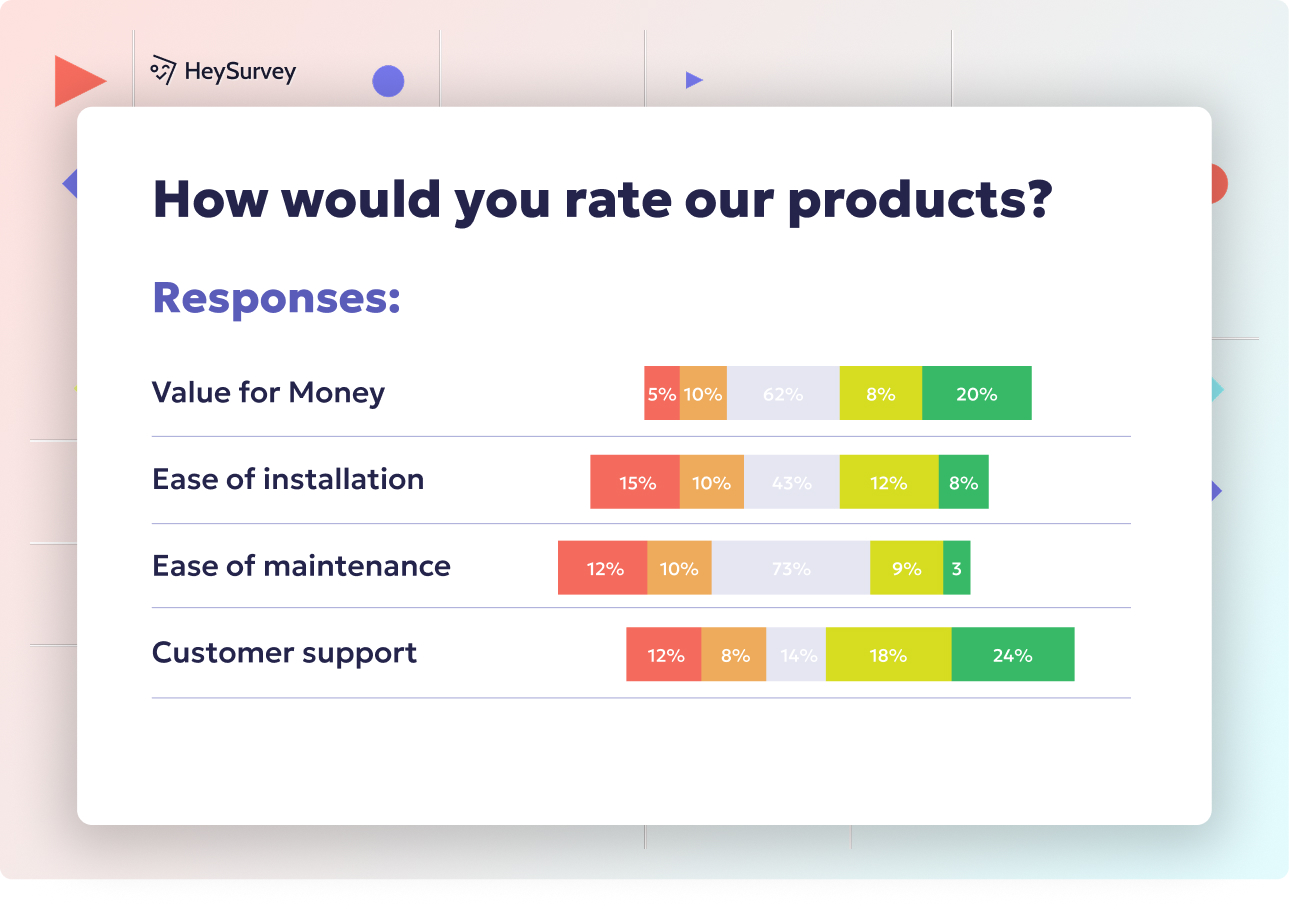
29 Essential Post Mortem Survey Questions for Project Success
Discover 25+ essential post mortem survey questions to improve projects, boost team morale, and d...
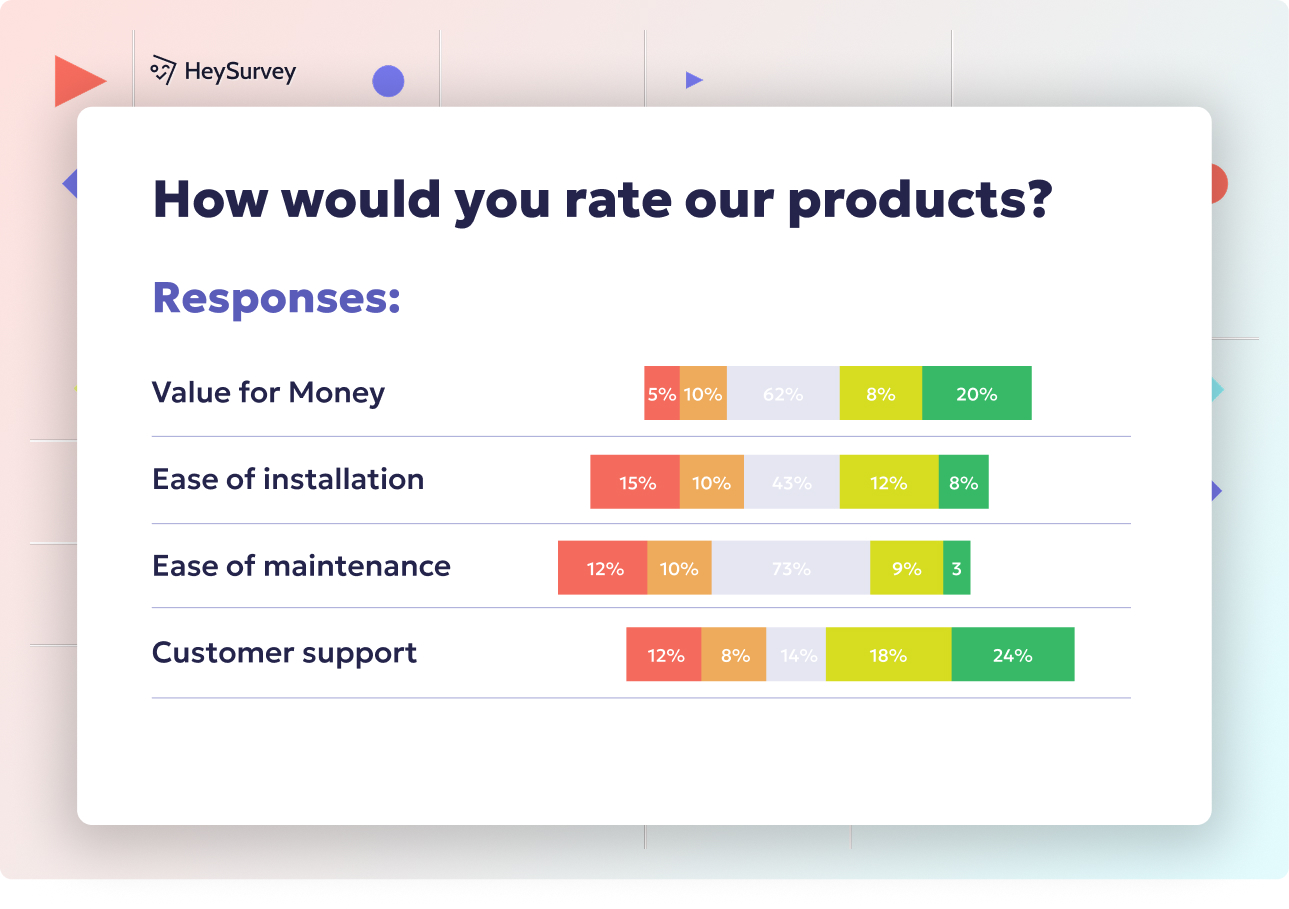
31 Change Readiness Survey Questions to Boost Your Success
Discover 25+ sample change readiness survey questions to assess attitudes, barriers, and confiden...
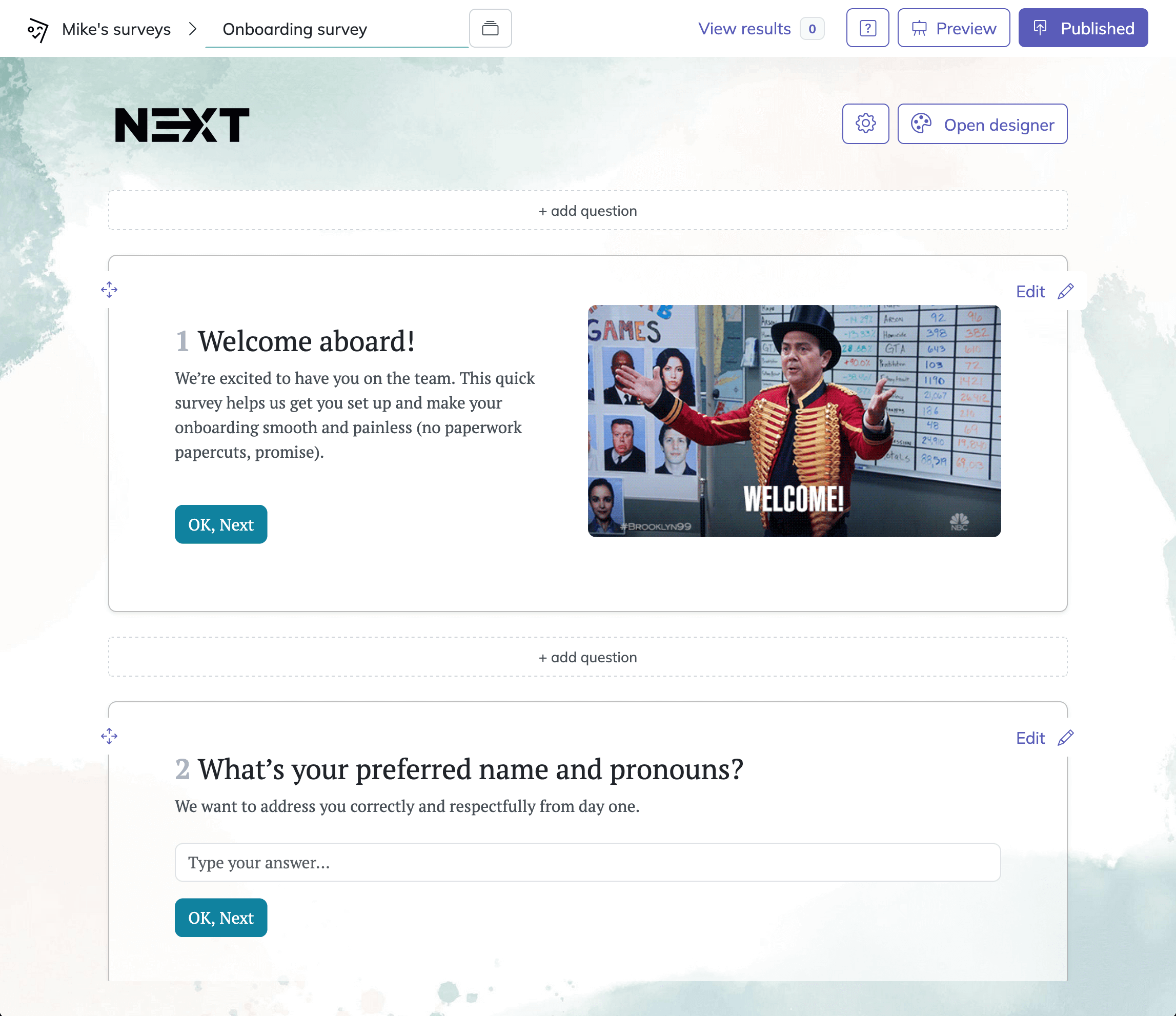
31 Retreat Survey Questions to Collect Actionable Feedback
Discover 26 essential retreat survey questions to gather actionable feedback before, during, and ...
